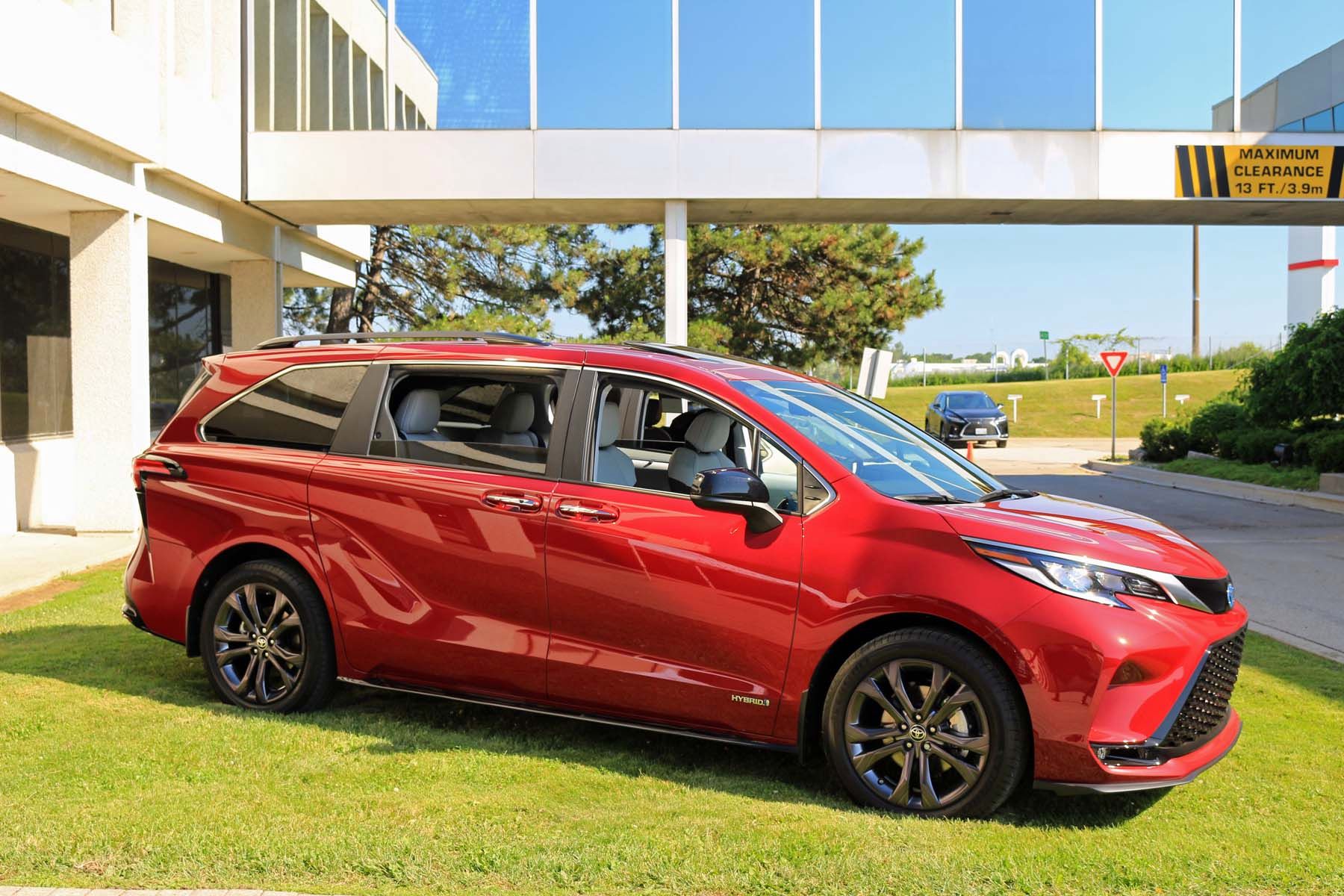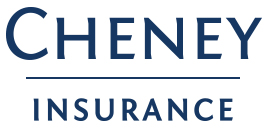
My co-worker recently heard from a childhood friend thanking her for recommending Loan and Lease Coverage.
Her friend was involved in an accident which totaled her car. Thankfully there were no serious injuries. However, the payout she received from her insurance company was less than what she owed on her loan and this coverage kicked in to pay the difference.
Guaranteed Auto Protection or GAP coverage, also known as Loan and Lease Coverage, helps pay off your auto loan or lease if your car is totaled or stolen. This coverage protects you from depreciation which essentially begins the moment you drive your new vehicle off the lot.
According to Kelly Blue Book , the average cost of a new minivan is $32K and a new pickup truck is $41K. New cars suffer their biggest drop in value within the first 12 months of ownership. After one year, your car will probably be worth about 20% less than what you bought it for.
Do You Need GAP Coverage?
The Insurance Information Institute states it is a good idea to consider this coverage if you:
- Made less than a 20 percent down payment
- Financed for 60 months or longer
- Leased the vehicle (carrying gap insurance is generally required for a lease)
- Purchased a vehicle that depreciates faster than the average*
- Rolled over negative equity from an old car loan into the new loan
∗ There are many online tools to help you research depreciation rates for specific make and models of vehicles such as this one at Edmunds.com
How Do You Buy GAP Coverage?
Some dealerships offer gap insurance when you purchase a new car. However, most auto insurers offer this coverage at a better price. A few companies include this as part of their standard auto policy when you carry comprehensive and collision, most include it in their ‘bells and whistles’ endorsement. You will want to check your existing auto policy to see if you already have this coverage.
If you are in the market for buying a new vehicle give us a call, we can answer any questions you may have about your current coverage and make sure you have the protections you need.
